There can be your advertisement
300x150
Modular Architecture: The Role of Kit Homes in the Future of Housing
The concept of modular architecture, especially through the lens of kit homes, has been gaining significant popularity in recent years. Facing issues such as urbanization, ecological sustainability, and housing affordability, kit homes have become a viable solution that combines efficiency, design, and durability. This modern approach to home construction marks a shift toward more adaptive and cost-effective housing options that could play a key role in the future of the real estate market.

The Evolution of Modular Architecture
Modular architecture is not a new concept; it has roots dating back to the early 20th century when prefabricated homes began to emerge. These homes were often seen as a symbol of modernism and were developed for mass production and easy assembly. However, early modular homes were often stigmatized due to perceptions of cheapness and lack of individuality, making them less desirable compared to traditional housing.
Today, modular architecture has significantly evolved. Advances in technology, materials, and design have transformed kit homes from simple template structures into customizable, high-quality living spaces. Modern kit homes are not only efficient but also provide a personalized living experience tailored to the owner's needs and preferences.
What Are Kit Homes?
Kit homes are a type of pre-fabricated structure that arrives at the construction site as a complete set of parts ready for assembly. These homes are developed with precision in factory conditions, ensuring perfect compatibility between all components. The 'kit' typically includes everything needed for building the house—from structural elements to roofing materials, windows, and doors.
One of the main advantages of kit homes is their fast construction time. Since much of the work is done off-site, on-site assembly is relatively quick and straightforward. This can significantly reduce labor costs and construction time, making kit homes an attractive option for those who want to build a home quickly and efficiently.
Benefits of Kit Homes
The growing popularity of kit homes is driven by several factors that align with modern housing needs:
Kit Homes and the Future of Housing
As the real estate market evolves, kit homes will play an increasingly important role in shaping the future of housing. The combination of affordability, eco-friendliness, and customization makes them an ideal solution for a broad range of housing needs—from first-time buyers to those looking to downsize or invest in rural property.
Additionally, kit homes align with broader trends in urban planning and development. With the global population expected to reach nearly 10 billion by 2050, demand for housing will continue to grow. Kit homes offer a scalable solution that can meet this demand without compromising on quality or ecological sustainability.
In urban areas where space is often limited, kit homes can be designed to maximize the use of small plots. They are also well-suited for rural and suburban settings, where homeowners have more freedom to customize their living spaces and take advantage of natural surroundings.
Conclusion
Modular architecture, especially in the form of kit homes, is redefining how we think about housing. Looking ahead, it's clear that kit homes will play a key role in addressing the most pressing challenges of the housing market—from affordability to sustainability. These homes represent the future where building a house is not just about constructing a structure, but creating a personalized, efficient, and environmentally friendly living space.
As more people become aware of the benefits of kit homes, their popularity is expected to continue growing, making them a major player in the future of housing. Whether you're seeking an affordable first home, an eco-friendly living solution, or a customizable retreat, kit homes represent the next evolution in residential architecture.
More articles:
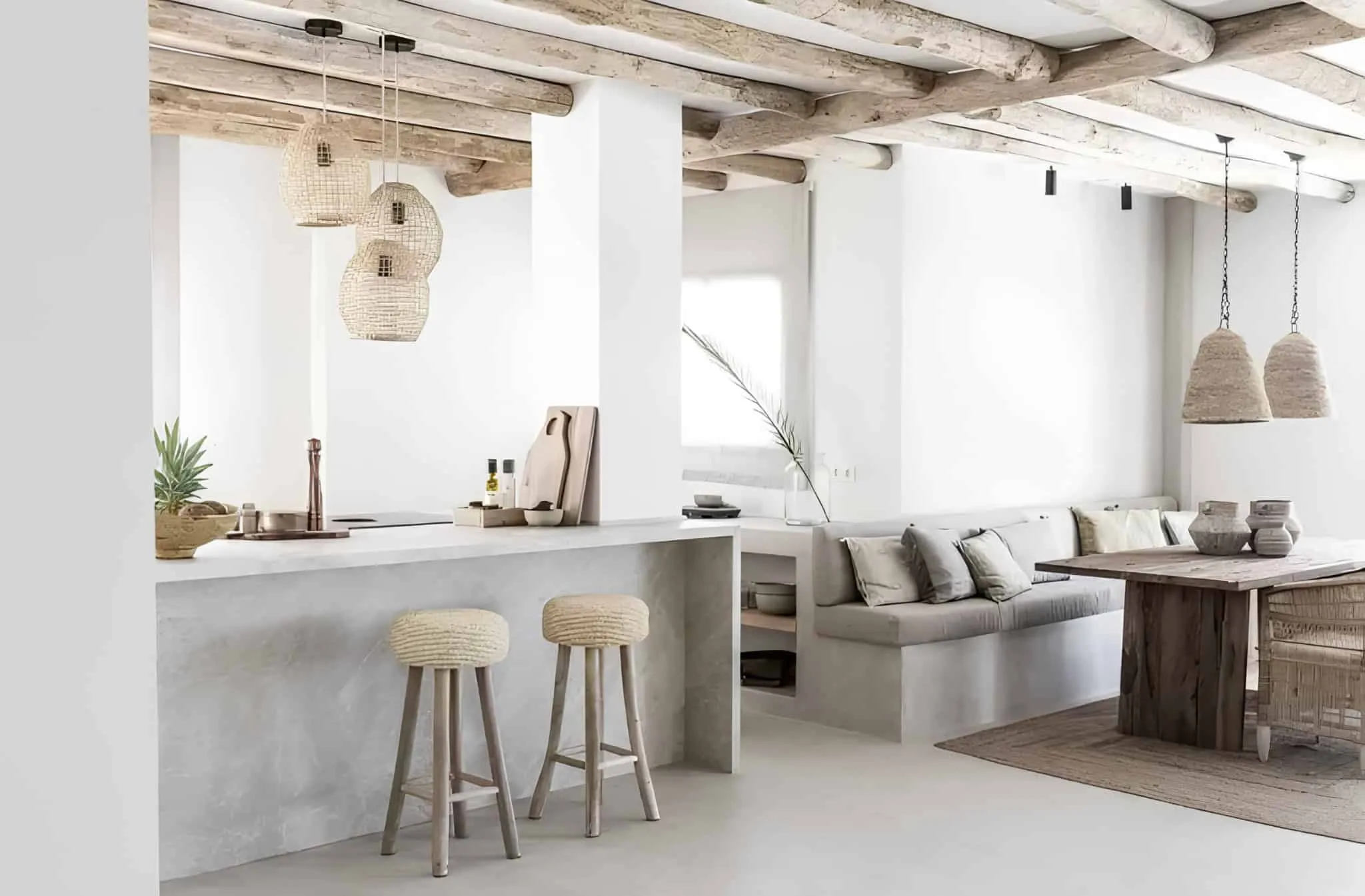 Microcement and Natural Wood for Updating Mediteranean Style
Microcement and Natural Wood for Updating Mediteranean Style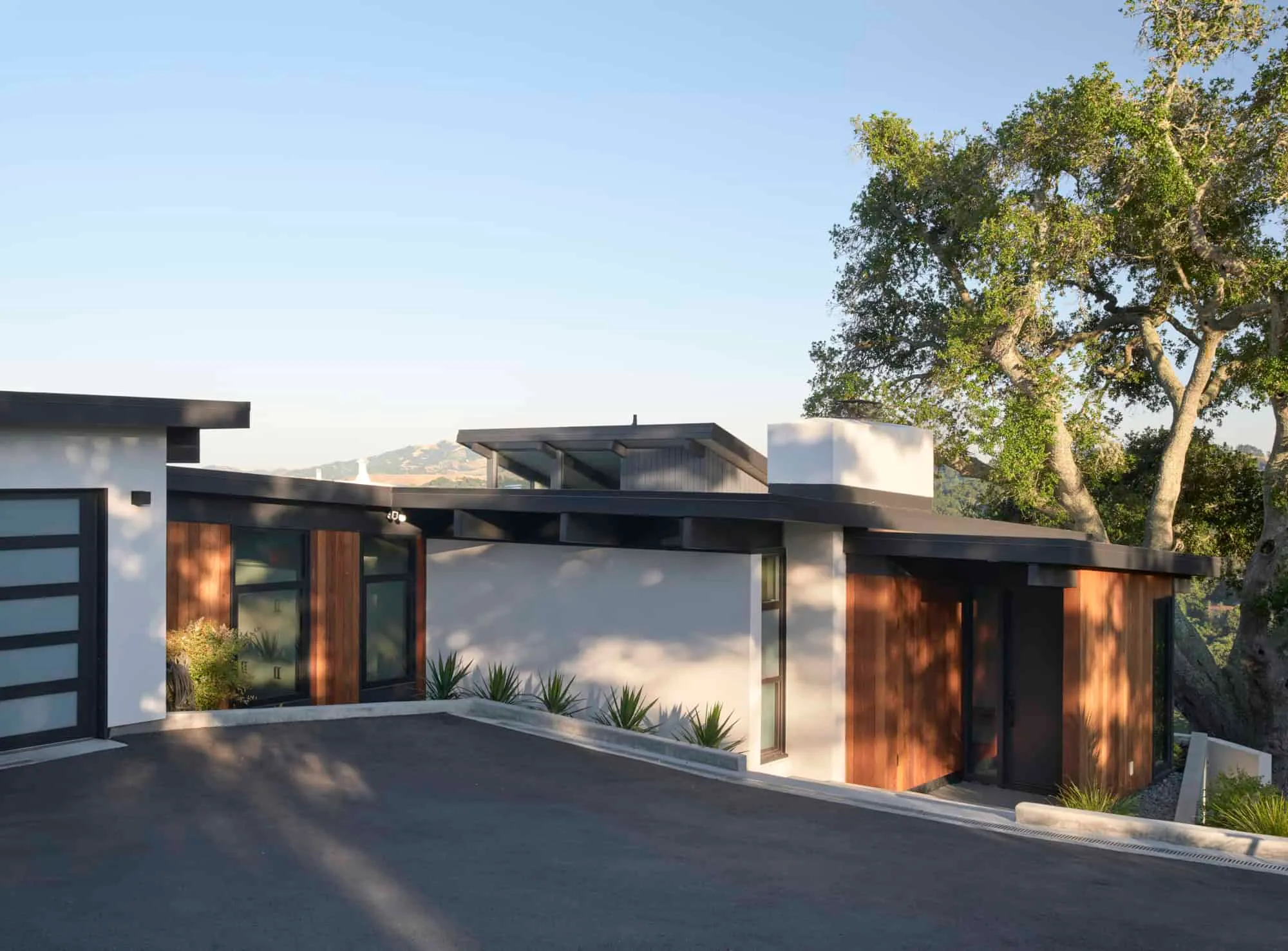 Home Renovation in Mid-Century Modern Style by Klopf Architecture: Thoughtful Development for Contemporary Living
Home Renovation in Mid-Century Modern Style by Klopf Architecture: Thoughtful Development for Contemporary Living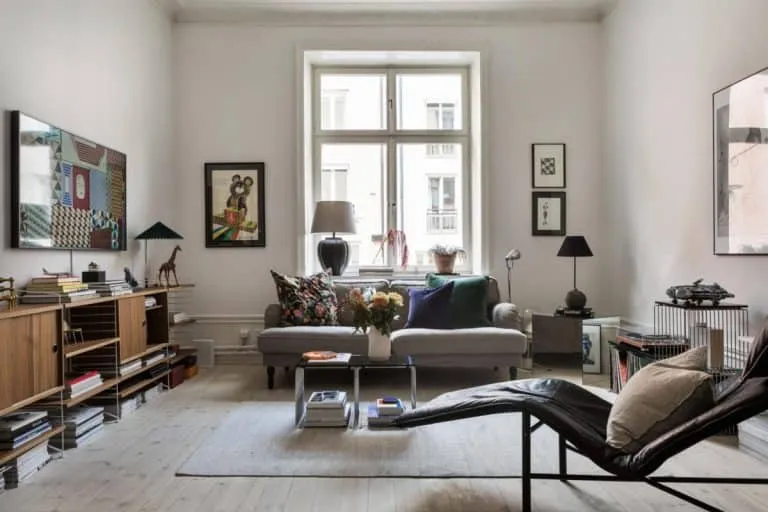 Modern Mid-Century Interior in Your Home, Cozy House
Modern Mid-Century Interior in Your Home, Cozy House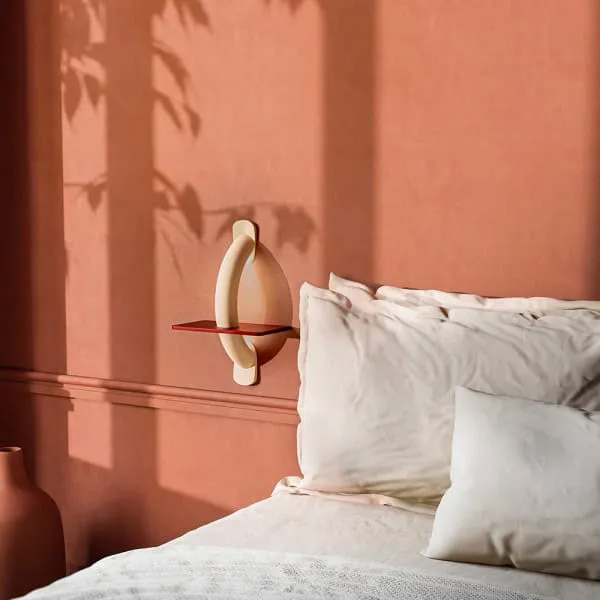 Milan Furniture Salon 2023: New Products and Trends
Milan Furniture Salon 2023: New Products and Trends Mindful Living: Add Warmth to Minimalism with These 2024 Decor Ideas
Mindful Living: Add Warmth to Minimalism with These 2024 Decor Ideas Mini House with Everything You Need
Mini House with Everything You Need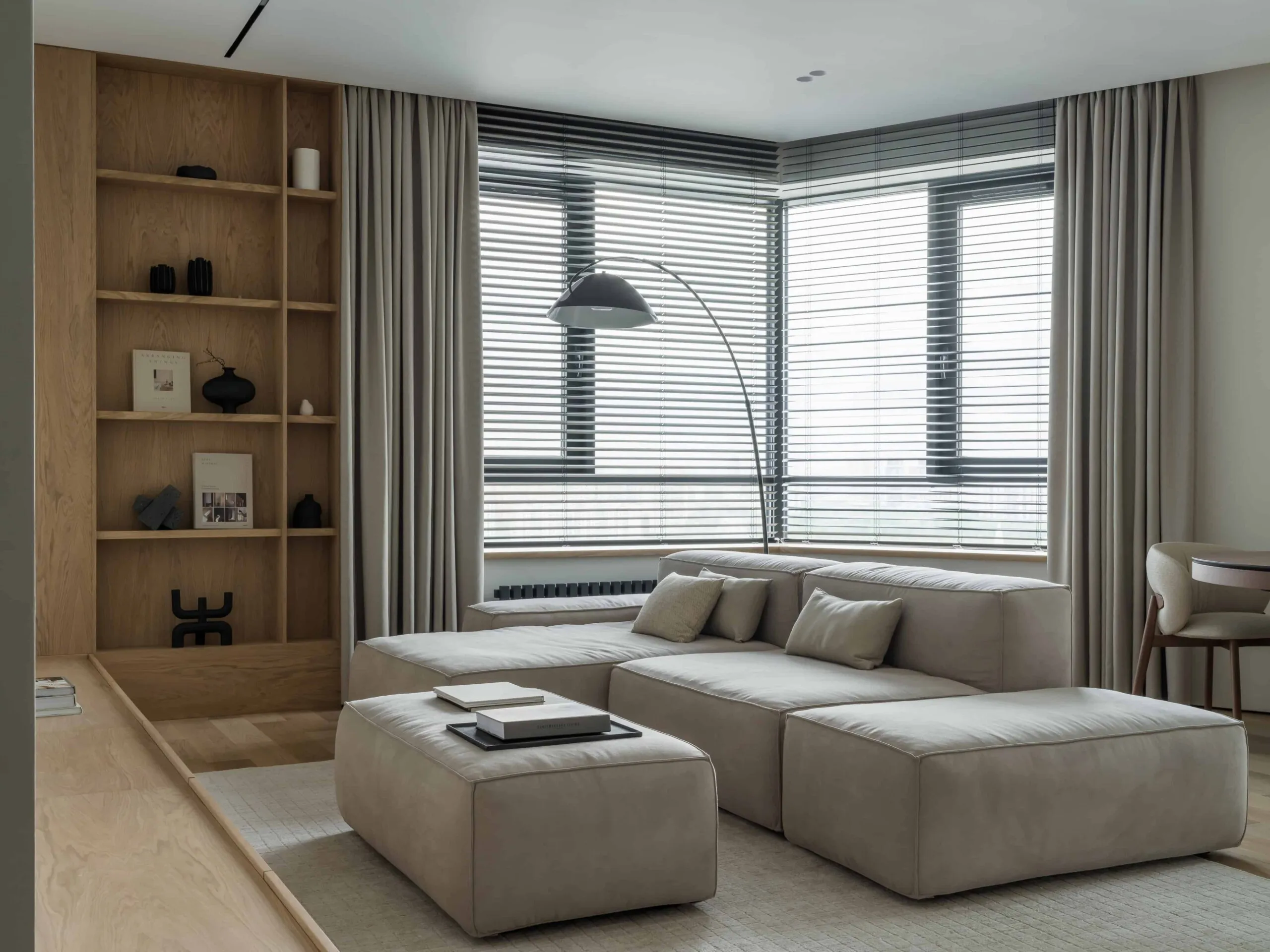 Minimalist Apartment in Moscow Combines Warmth and Precision
Minimalist Apartment in Moscow Combines Warmth and Precision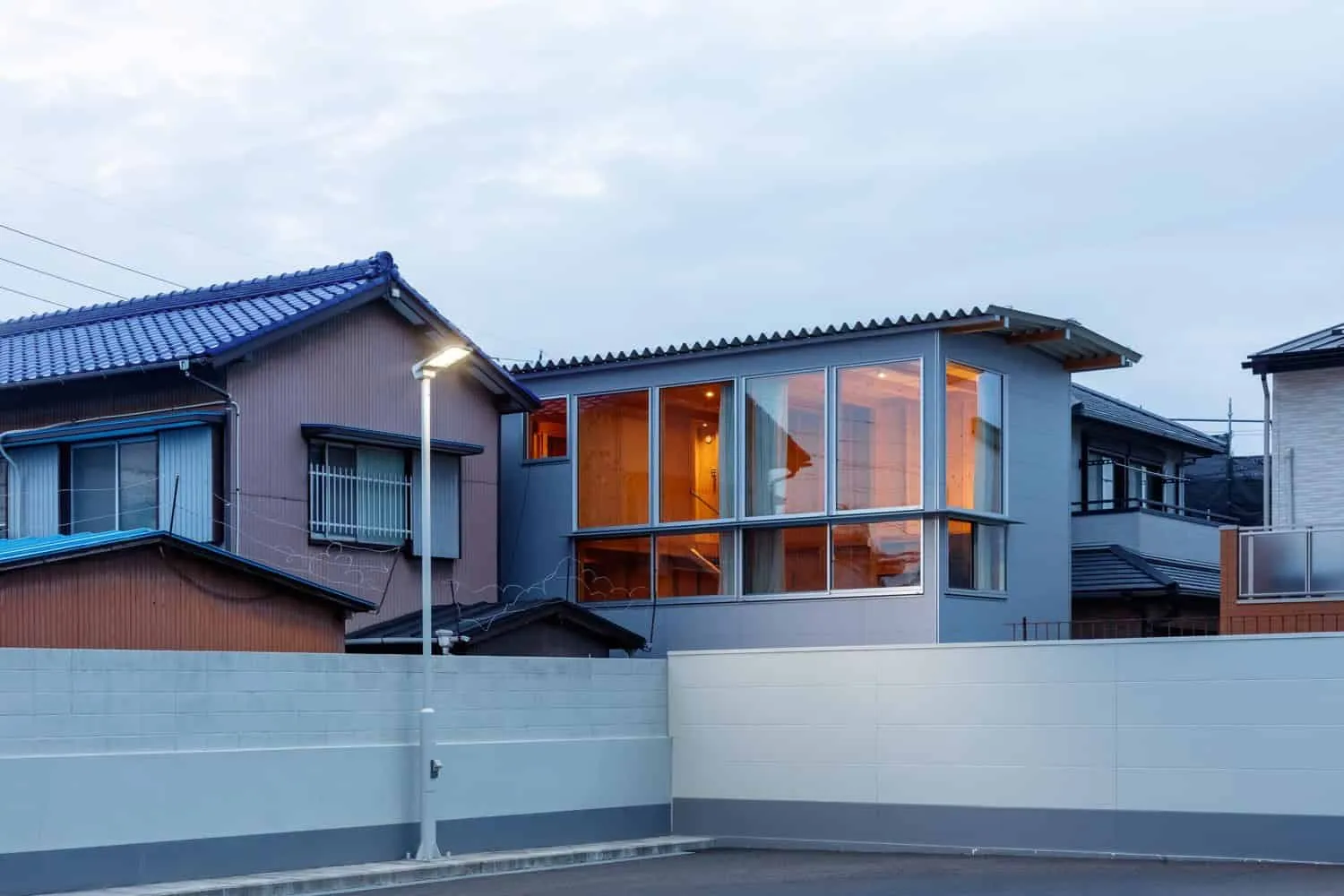 Minimal House in Toyotama, Japan by Nori Architects
Minimal House in Toyotama, Japan by Nori Architects